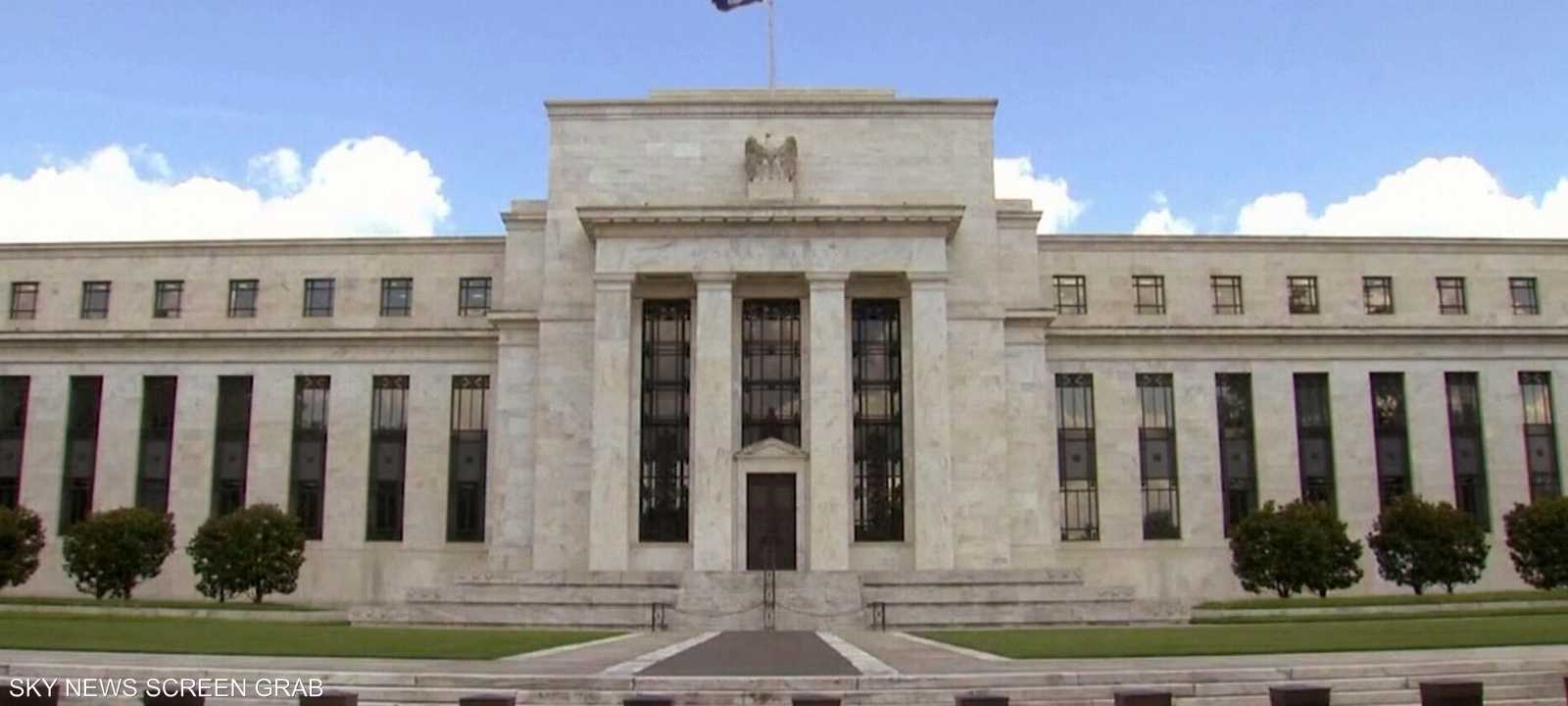
Fed hikes rates by 25 basis points
The Fed’s decision to keep its key interest rate in a range of 5% to 5.25% for the first time since January 2022 was a widely expected move.
After the US central bank raised interest rates ten times in a row, starting in March 2022, the Federal Reserve’s interest rate setting committee voted to maintain the current interest rate.
In its new economic outlook, the Fed said borrowing costs could rise another half a percentage point by the end of the year given a stronger-than-expected economy and moderating inflation.
Balancing risks to the economy and the ongoing struggle to contain inflation, the rate-setting Federal Open Market Committee said in a closing statement at its meeting over the past two days that “maintaining the target range (for interest rates) at this meeting allows the committee to assess any Other Information and Its Implications for Monetary Policy Committee Decisions Unanimously.
She added that other rate hikes “will take into account the cumulative tightening of monetary policy and the impact of monetary policy-induced slowdowns in economic activity and inflation, as well as economic and financial developments.”
The new forecasts reinforced today’s rate decision, showing that policymakers on average expect to raise the benchmark overnight rate to 5.50-5.75% by year-end from the current range of 5-5.25%.
Here are the most important provisions of the federal decision:
- The Fed expects interest rates to hit 5.6% by the end of the year
- The Fed raised its growth forecast for this year to 1% and slightly lowered its growth forecasts for 2024 and 2025
- Fed: Inflation remains high and we will continue to work to bring it back to target
- Fed rules out U.S. recession this year
- The Fed expects the unemployment rate to reach 4.1% in 2023, compared with a forecast of 4.5% in March.
- Fed expects U.S. economy to grow 1% in 2023, up from 0.4% previously
U.S. inflation data slipped notably, slowing to an annual rate of 4.0% in May from 7.9% the previous month, the lowest since March 2021.
Inflation is double what it was in June 2022, when it peaked at 9.1%, the highest level in nearly four years.
However, inflation remains well above the 2% target set by the Federal Reserve, which aims to rein in price surges.
Another measure of inflation used by the Fed, the personal consumption expenditures index, which released data for May at the end of June, rose again in April to an annual rate of 4.4%.
Meanwhile, producer prices fell at an annual rate of 1.1% in May last year, compared with a Reuters forecast for a rise of 1.5% after registering 2.3% in April.
On a monthly basis, the producer price index fell 0.3% in May, according to data released today (June 14), while experts expect the index to decline by 0.1%, after registering a 0.2% increase in April.
Despite improvements, there is still a labor shortage in the U.S. labor market.
Job creation was much higher than expected in May, but the unemployment rate also rose more than expected to 3.7%.
Daily unemployment benefit registrations in early June were the highest since October 2021.
